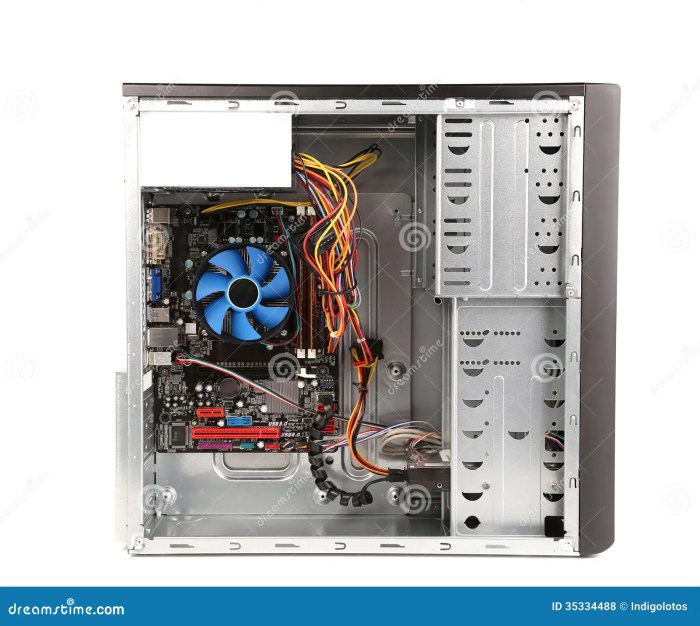Fortnite won’t open on PC? Don’t panic! This comprehensive guide will help you identify the causes and provide step-by-step troubleshooting solutions to get you back in the game.
From hardware issues to software conflicts, we’ll cover all the potential reasons why Fortnite may not be launching on your PC and provide clear instructions to resolve them.
Causes for Fortnite Not Opening on PC
When Fortnite fails to open on a PC, it can be due to a range of hardware and software-related issues. Hardware issues may include insufficient system requirements or outdated graphics drivers, while software issues can include corrupted game files, conflicting applications, or antivirus software blocking the game.
Hardware Issues

- Insufficient system requirements: Ensure that your PC meets the minimum system requirements for Fortnite, including processor speed, RAM, and graphics card capabilities.
- Outdated graphics drivers: Update your graphics drivers to the latest version to resolve any compatibility issues with Fortnite.
Software Issues
- Corrupted game files: Verify the integrity of your Fortnite game files through the Epic Games launcher to identify and repair any corrupted files.
- Conflicting applications: Disable or close any unnecessary applications that may be interfering with Fortnite’s operation, such as antivirus software or background processes.
- Antivirus software: Configure exceptions for Fortnite in your antivirus software to allow it to run without being blocked.
Troubleshooting Steps: Fortnite Won’t Open On Pc

To resolve issues with Fortnite not opening on PC, follow these troubleshooting steps:
Check System Requirements and Update Drivers
Verify that your PC meets the minimum system requirements for Fortnite. Update your graphics drivers to the latest version to ensure compatibility.
Verify Game Files and Repair or Reinstall Fortnite
Use the Epic Games launcher to verify the integrity of your Fortnite game files. If any corrupted files are found, the launcher will repair them. If the issue persists, consider reinstalling Fortnite.
Resolve Software Conflicts and Disable Unnecessary Applications
Disable or close any unnecessary applications that may be conflicting with Fortnite, such as antivirus software or background processes. Configure exceptions for Fortnite in your antivirus software to allow it to run without being blocked.
Advanced Troubleshooting Techniques

If the basic troubleshooting steps do not resolve the issue, consider the following advanced techniques:
Use Diagnostic Tools to Identify Hardware or Software Problems
Utilize diagnostic tools such as Event Viewer or Blue Screen View to identify potential hardware or software problems that may be preventing Fortnite from opening.
Perform a Clean Boot to Eliminate Software Conflicts
Perform a clean boot to start your PC with only essential services and drivers, eliminating any potential software conflicts that may be interfering with Fortnite.
Manually Update Graphics Drivers and Reinstall System Components, Fortnite won’t open on pc
Manually download and install the latest graphics drivers from the manufacturer’s website. If necessary, reinstall system components such as DirectX or Visual C++ Redistributables.
Additional Considerations
Additional factors that may affect Fortnite’s ability to open include:
Antivirus Software and Firewall Settings
Ensure that Fortnite is not being blocked by your antivirus software or firewall. Configure exceptions to allow Fortnite to run without interference.
Optimizing PC Performance for Gaming
Adjust graphics settings in Fortnite to optimize performance. Close unnecessary background applications to free up system resources.
Query Resolution
Why is Fortnite not opening on my PC?
There could be several reasons, including insufficient system requirements, outdated graphics drivers, corrupted game files, or software conflicts.
How do I fix Fortnite not opening on my PC?
Start by checking your system requirements and updating your drivers. Then, verify your game files and repair or reinstall Fortnite. If the issue persists, try disabling unnecessary applications or performing a clean boot.
What advanced troubleshooting techniques can I try?
Use diagnostic tools to identify hardware or software problems. Perform a clean boot to eliminate software conflicts. Manually update graphics drivers or reinstall system components.
